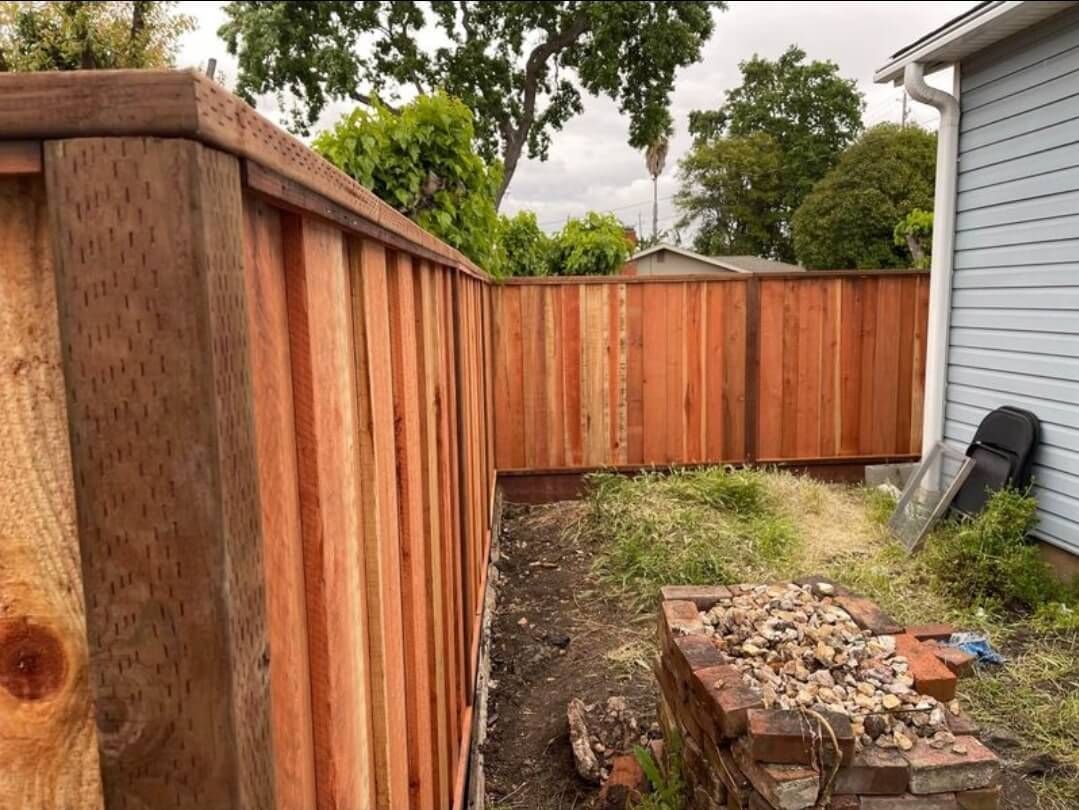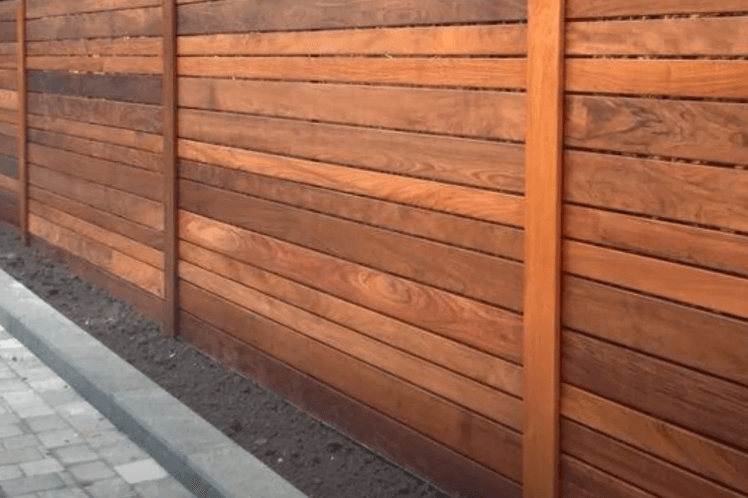Whittier Fence Pros
(562) 479-7787
Wood Fence Installation & Repair Services
Why Homeowners Choose Wood Fencing
Wood fencing has been the go-to choice for homeowners in Whittier for decades. It’s the kind of fence that feels natural in a backyard, blending with trees, gardens, and patios. A well-built wood fence gives privacy, reduces noise from the street, and marks your property line with style. Unlike some materials that can feel cold or industrial, wood has a warmth that fits right into residential neighborhoods.
Another reason people pick wood is flexibility. You can stain it for a rustic look, paint it to match your house, or leave it to age naturally. Whatever your style, a wood fence adapts to it.

Whittier Fence Pros
Types of Wood We Install
As a local fence contractor, we work with all the popular types of wood fencing. Each has its strengths:
- Redwood Fences – Known for its rich color and natural resistance to decay. Strong, long-lasting, and a favorite for high-end backyard fencing.
- Cedar Fences – Holds up well against insects and moisture. It has a nice aroma and can last for years with proper sealing.
- Pine Fences – A more affordable option. Works well when treated and maintained, but usually doesn’t last as long as redwood or cedar.
We also install different styles to fit your property:
- Board-on-Board Privacy Fences – Great for full coverage in the backyard.
- Shadowbox Fences – Allow air to flow while still offering privacy.
- Picket Fences – A classic look for front yards.
- Horizontal Slat Fences – A modern design that’s growing in popularity.
How Long Does a Wood Fence Last?
The life of a wood fence depends on the type of wood, the quality of installation, and how you care for it. In Whittier’s dry, sunny climate, a properly installed and maintained wood fence can last 15–20 years.
Redwood and cedar tend to last longer than pine.
To keep your fence in good shape:
- Seal or stain every 2–3 years.
- Keep sprinklers from hitting the wood directly.
- Check posts after heavy winds or rain.
- Clean off dirt and mildew as needed.
- A little care goes a long way toward extending the life of your fence.
Common Wood Fence Problems & Repairs
Even the best fences need attention sometimes. Common issues we fix include:
- Leaning Posts – Usually from shifting soil or weak concrete footings.
- Rotted Boards – Caused by moisture over time.
- Sagging Gates – Hinges or frames wear down from use.
- Warped Panels – Sun and weather can make boards bend or split.
Our fence repair services cover everything from small fixes to full rebuilds. If less than a quarter of your fence is damaged, repair is often the smarter move. If large sections are failing, we’ll explain when replacement makes more sense.
Comparing Wood to Other Fence Materials
Wood fencing has a unique charm, but it’s not the only option. Compared to vinyl fencing, wood requires more upkeep but offers a warmer, more natural look. Versus chain link fencing, wood provides privacy and better curb appeal, though chain link is cheaper. When stacked against wrought iron, wood costs less and feels softer, while iron is stronger and lasts longer.
The right choice depends on your budget, style, and how much maintenance you’re comfortable with. Many Whittier homeowners still choose wood for its timeless look and ability to match any home.
Wood Fence FAQs
Q: Do you set posts in concrete?
A: Yes, always. Concrete footings keep posts from shifting.
Q: Can you match my existing fence style?
A: Yes, we can usually find the right lumber and pattern.
Q: Can you just use screws to make my fence last longer?
A: Yes, we can build with screws or nails. Nails don't last as long but are cheaper and more quickly installed.
Q: Can you combined wood fences with other materials like metal?
A: Yes, many modern wood fences use a mix of materials such as steel posts, or galvanized cattle fencing.

